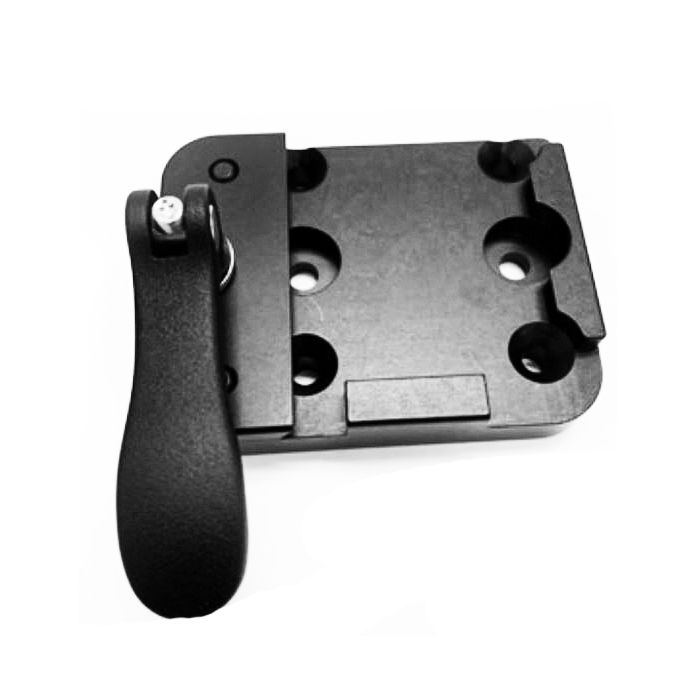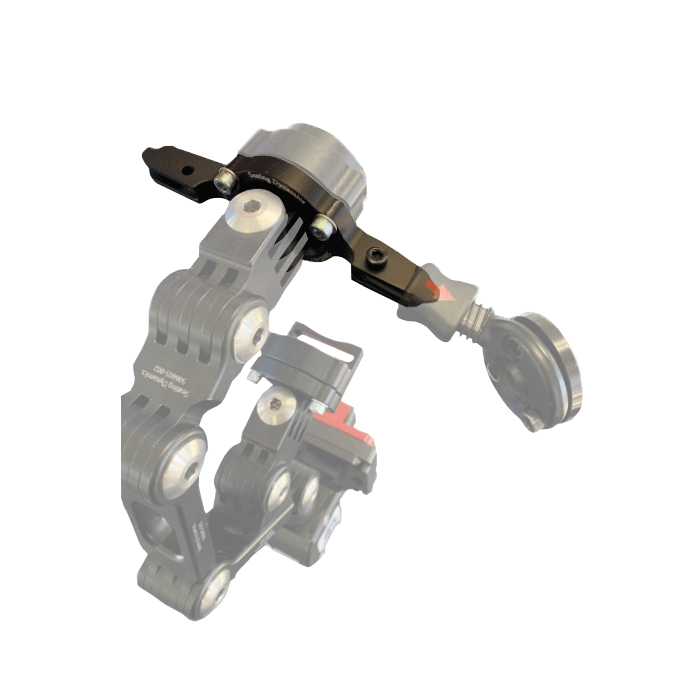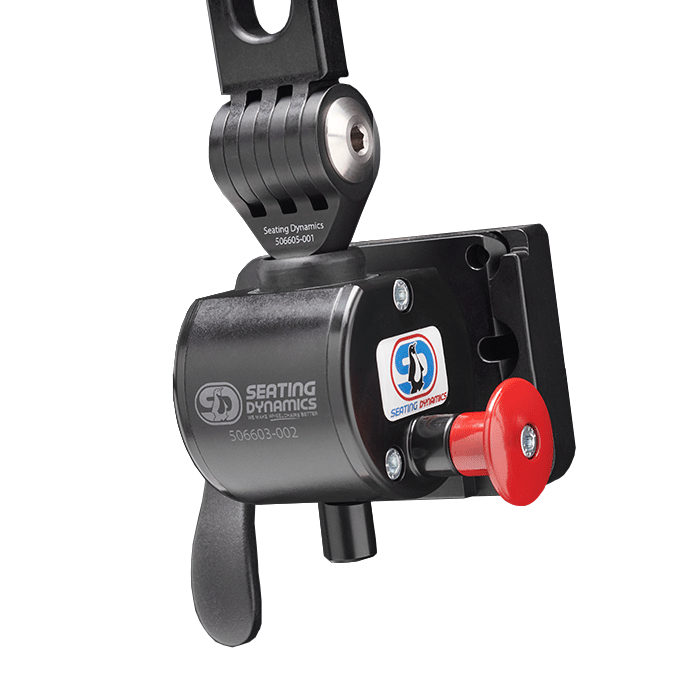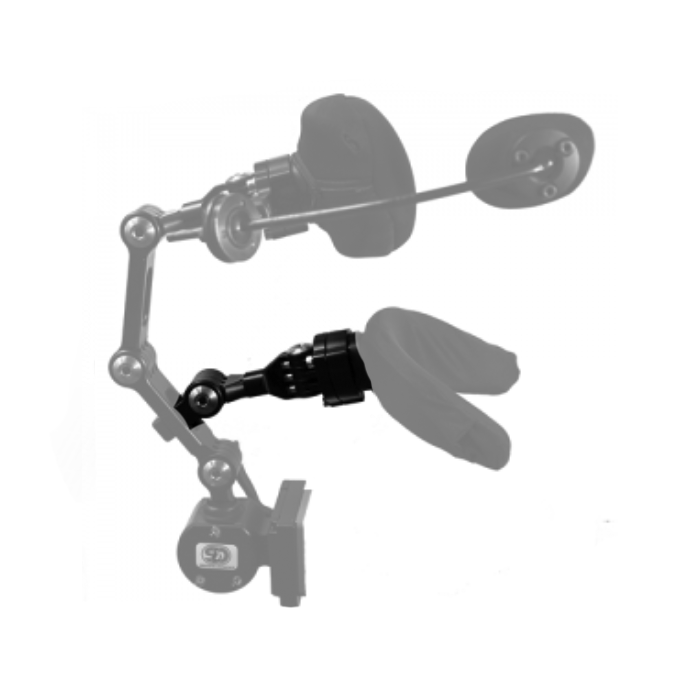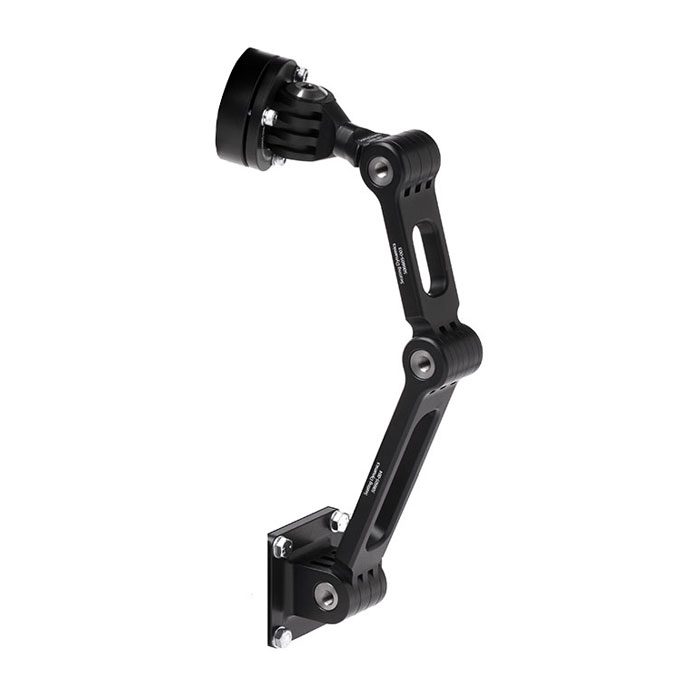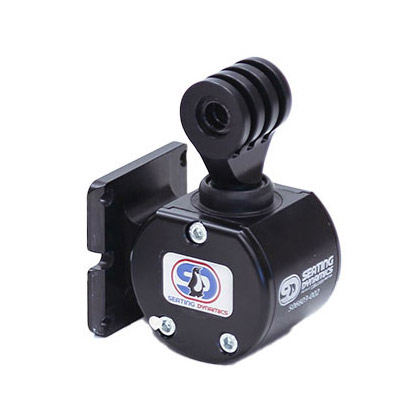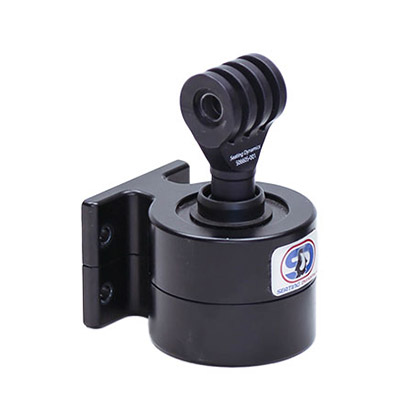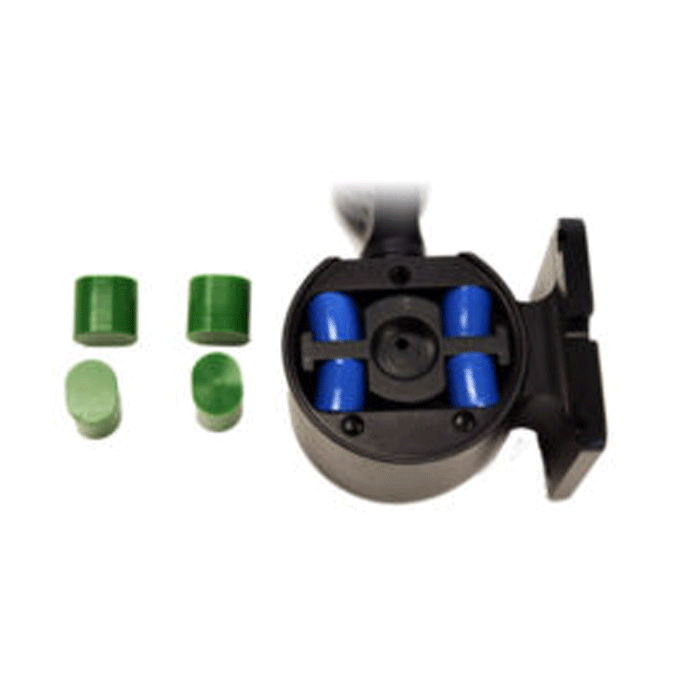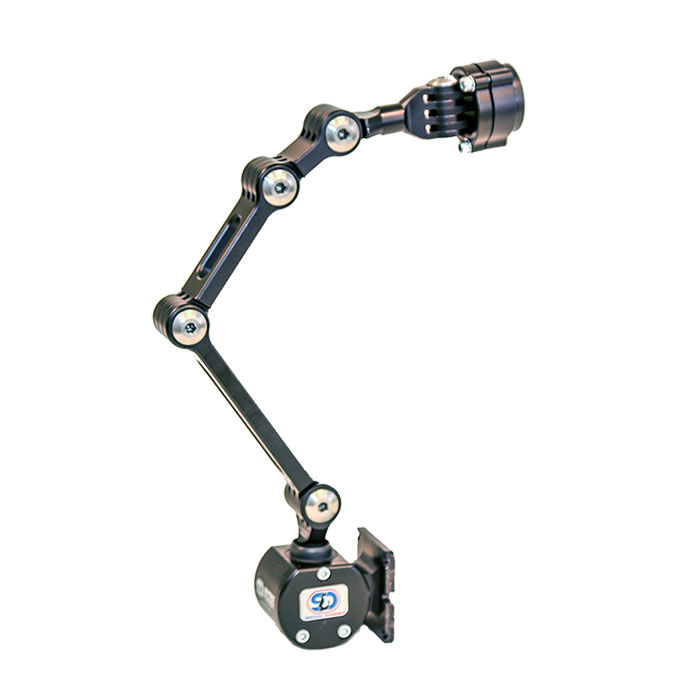Posts Tagged ‘How to’
Seating Dynamics Footrests – changing angles and holding position
Our Static and Dynamic Footrests offer easy angle adjustments at the knee and ankle in a wide range of angles. Once adjusted, our hardware will not move or break. Dynamic Footrest: https://www.seatingdynamics.com/footrests/dynamic-wheelchair-footrests/ Static Footrest: https://www.seatingdynamics.com/footrests/static-footrests/
Continue ReadingUsing the PN 6100 Back Cane Saw and Drill Jig to prepare to install the DRBi
Some wheelchairs are available with the DRBi already installed. Otherwise, you will need to install the Dynamic Rocker Back by shortening the back-canes by a few inches to achieve the desired back height. We have created a tool, the PN 6100, to help do just this. For written instructions, visit https://www.seatingdynamics.com/how-to-install-dynamic-rocker-back/
Continue ReadingSeating Dynamics – How to adjust the anti-rotation screw
The lower portion of the Seating Dynamics Dynamic Footrest may rotate in relation to the upper portion. If this occurs, please watch this video for instructions on adjusting the anti-rotation screw. For more information about our Dynamic Footrests, please go to https://www.seatingdynamics.com/footrests/dynamic-wheelchair-footrests/
Continue ReadingNew Back Cane Saw & Drill Jig Simplifies DRBi Installation
Seating Dynamics Dynamic Rocker Back interface (DRBi) provides movement in response to client forces. These forces are stored and then return the client to a neutral starting position. This Dynamic Back has many clinical applications, but first it must be correctly mounted to a wheelchair base.
Continue ReadingPositioning the Head (including dynamic options)
Positioning the Head (including dynamic options) was presented by Michelle L. Lange, OTR/L, ABDA, ATP/SMS for Numotion on 3/20/18.
Continue ReadingPositioning vs. Restraint – Frequently Asked Questions
Dynamic Seating also requires the use of secondary supports, including Pelvic Positioning Belts and Foot straps. These secondary supports may be misconstrued as restraints. This brief document provides information on Restraint policies and how to ensure that a client’s positional needs can still be met. Download to read more. Download a Copy It looks like…
Continue ReadingDynamic Head Support Hardware: Choosing Tilt and Recline Resistance
The Dynamic Head Support Hardware absorbs client forces and then returns the client to an upright and neutral head position. The purpose of this dynamic component is to protect the client from harm, prevent the mounting hardware from breaking, and to reduce overall extension tone. This hardware can be used with nearly any head pad to best meet an individual’s needs.
Continue Reading
